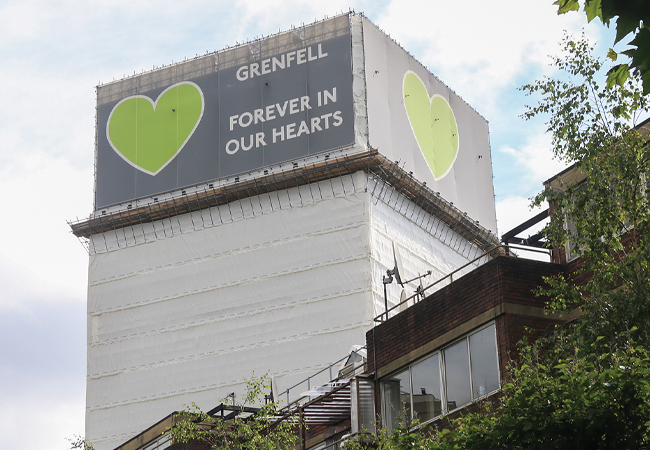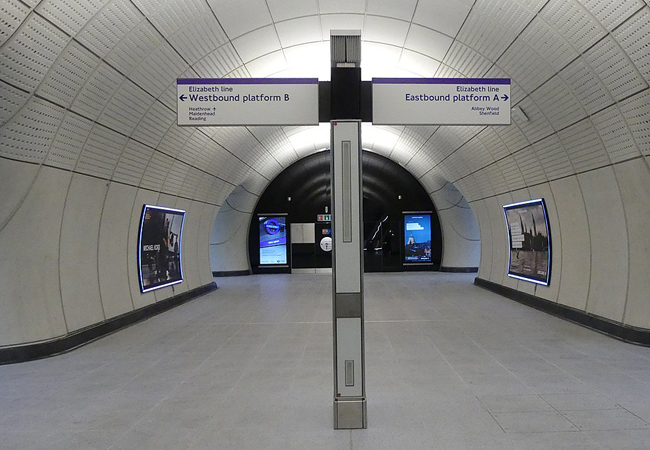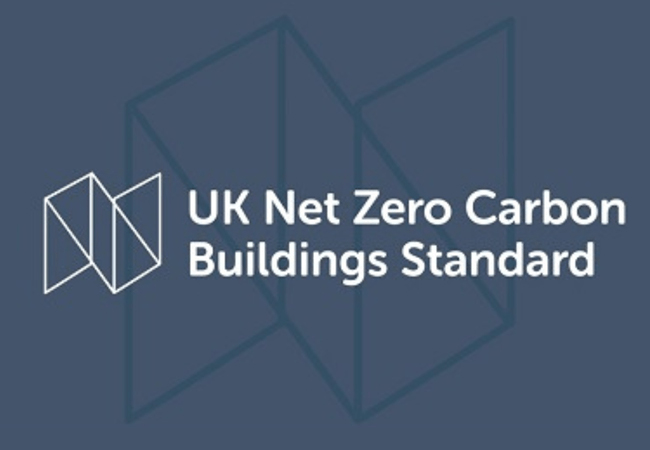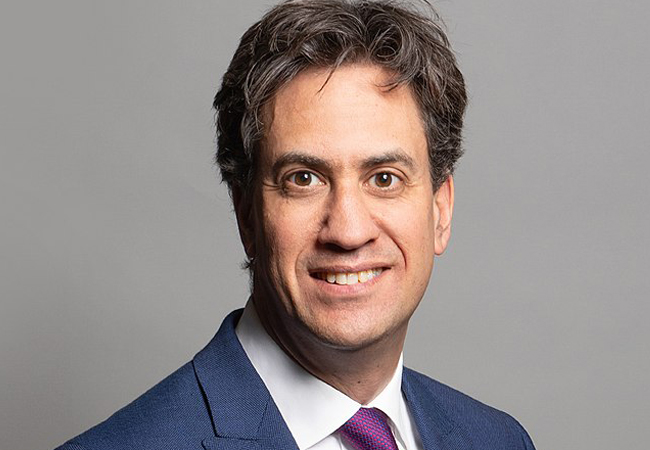
Phase 2 of the Grenfell inquiry has been suspended
The government has introduced a new Fire Safety Bill that places a legal requirement on owners of multi-occupancy residential buildings to inspect cladding and fire doors.
The bill states that fire and rescue services would be empowered to take enforcement action and ‘hold building owners to account’ if they are not compliant.
It amends the Fire Safety Order 2005, to clarify that the responsible person or duty-holder for multi-occupied, residential buildings must manage and reduce the risk of fire for the structure and external walls of the building – including cladding, balconies and windows – and entrance doors to individual flats that open into common parts.
The bill will also provide a foundation for secondary legislation to take forward recommendations from the Grenfell Tower Inquiry Phase One report, which stated that building owners and managers of high-rise and multi-occupied residential buildings should be responsible for a number of areas. These include: lift inspections and reporting; reviewing and updating evacuation plans; ensuring residents are provided with safety instructions; and ensuring flat entrance doors in buildings that have unsafe cladding comply with current standards.
The ongoing Phase 2 of the Grenfell Tower Inquiry has been suspended because of the Covid-19 outbreak. Inquiry chair Sir Martin Moore-Bick said: ‘We shall be giving careful consideration to whether it is possible to resume hearings using electronic means, but – even if that is not possible – the work of the inquiry will continue.’
Before the suspension, the lead architect behind the Grenfell Tower refurbishment admitted he did not read the relevant sections of the Building Regulations covering fire safety in tall buildings. Studio E associate and project lead Bruce Sounes told the inquiry he had not been aware of the specific guidance in Approved Document B for buildings taller than 18m, and did not know that aluminium panels could melt.
Some expert witnesses have stated that it was clear proposals for the refurbishment would make the tower less safe than it was before and the architect admitted he was not familiar with the details in the guidance on external fire spread or the compliance route for the external envelope.




